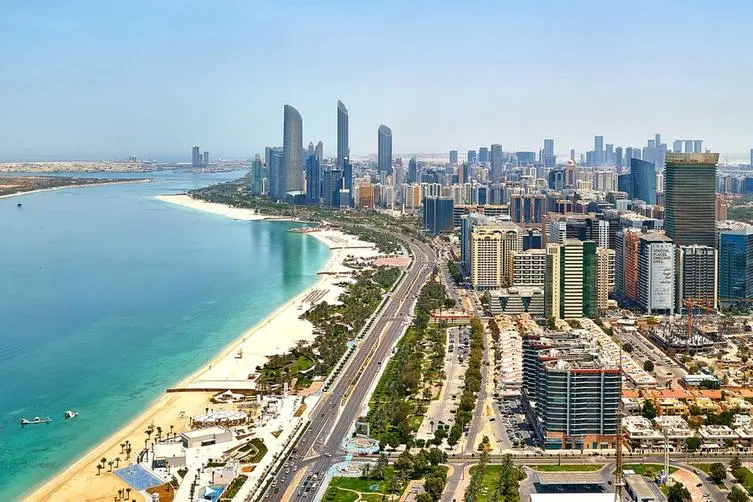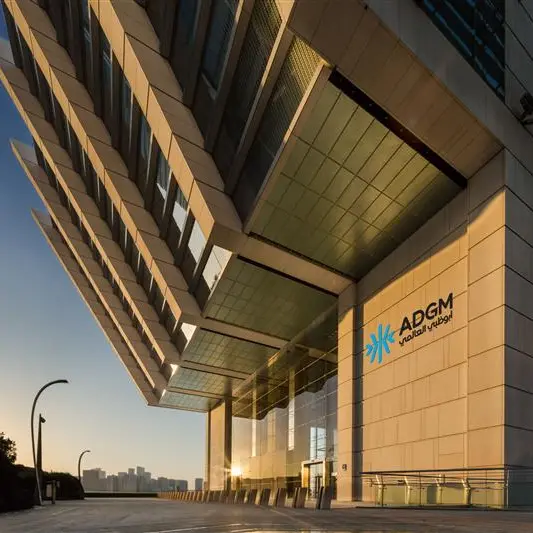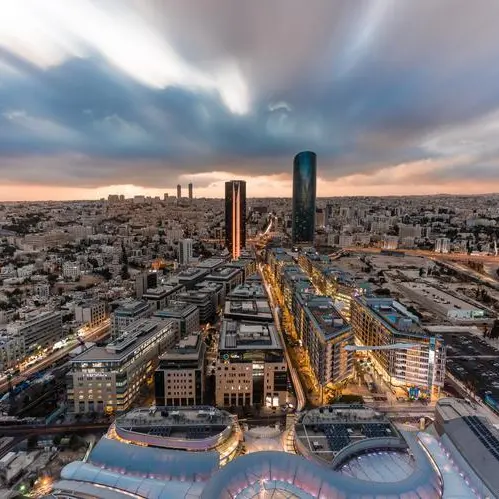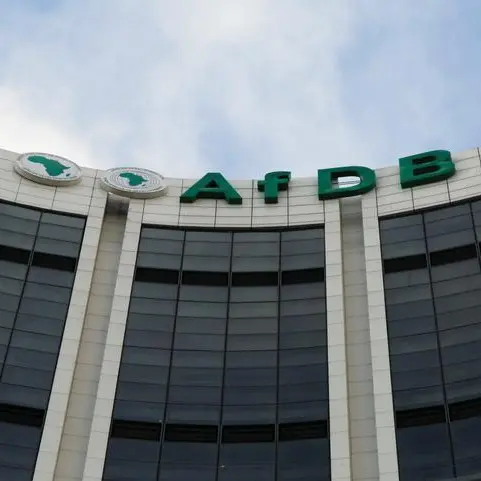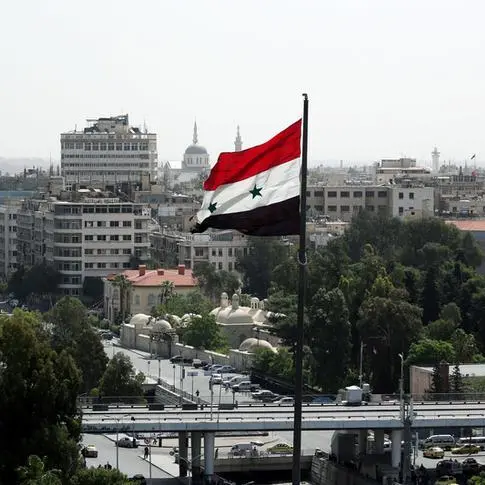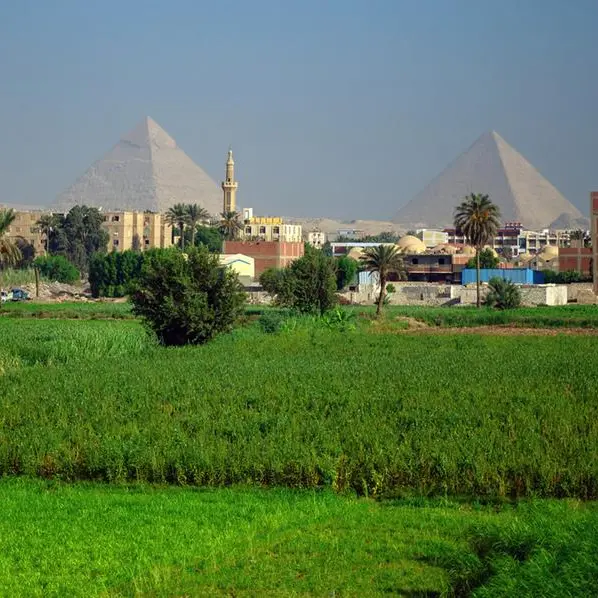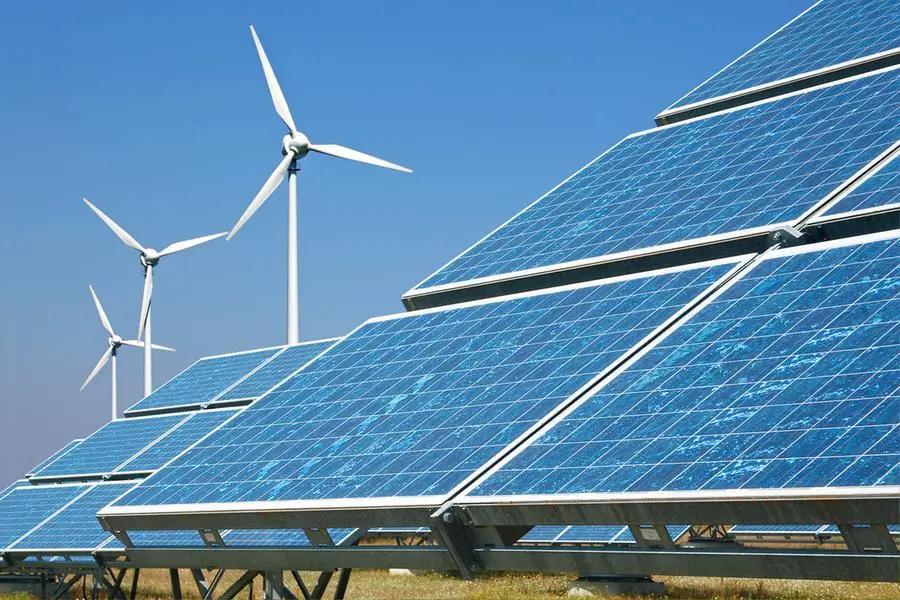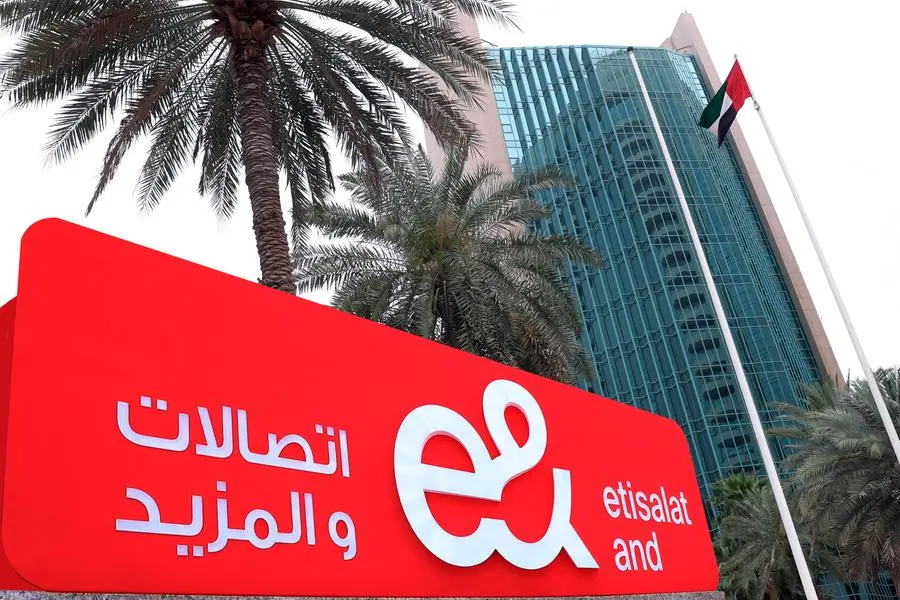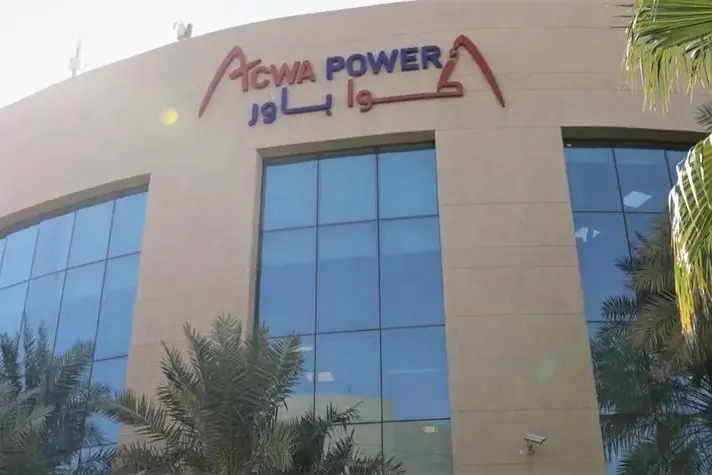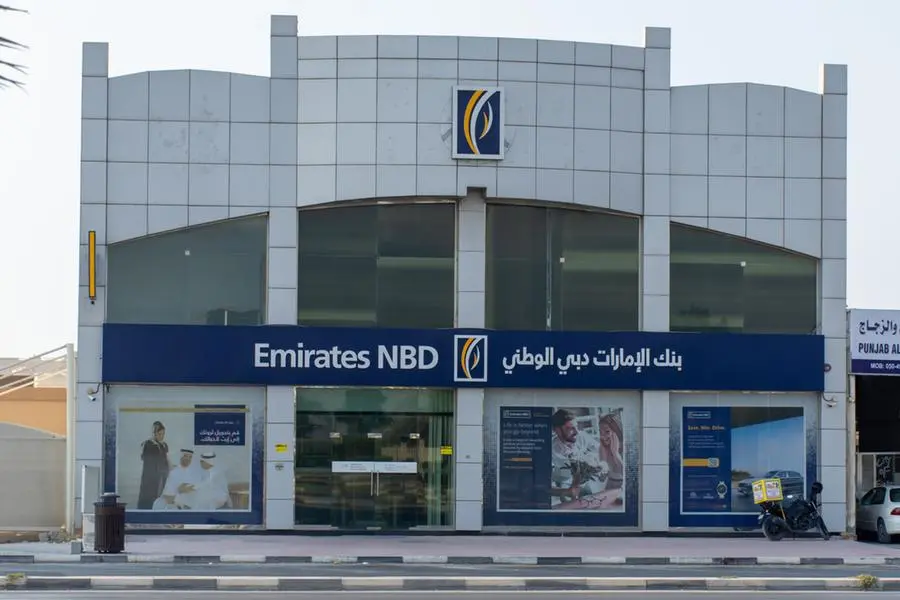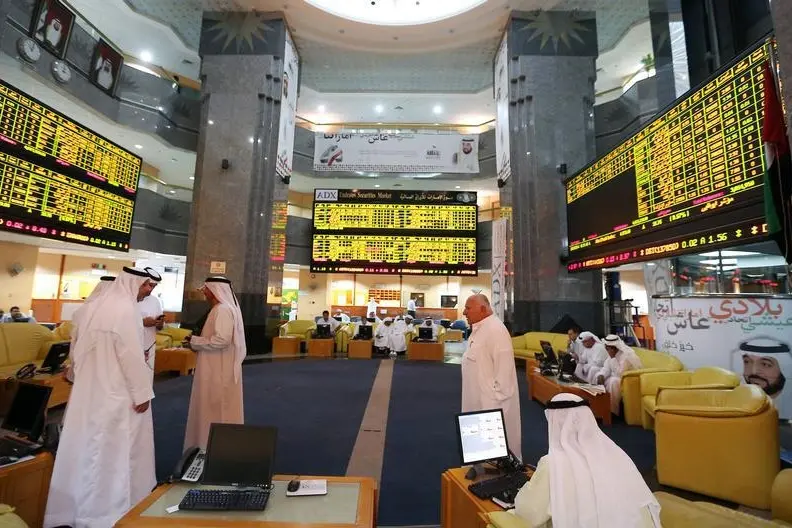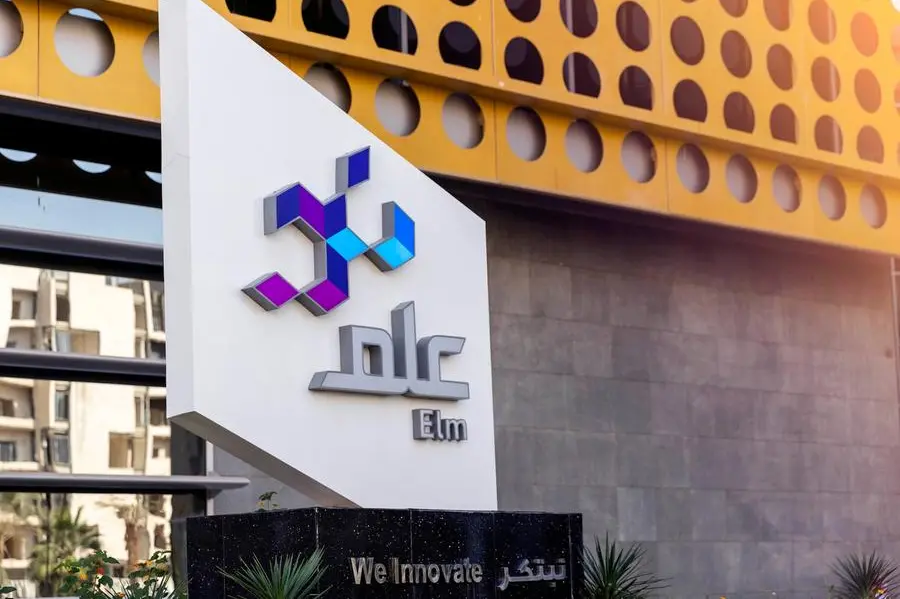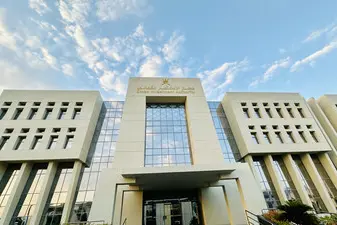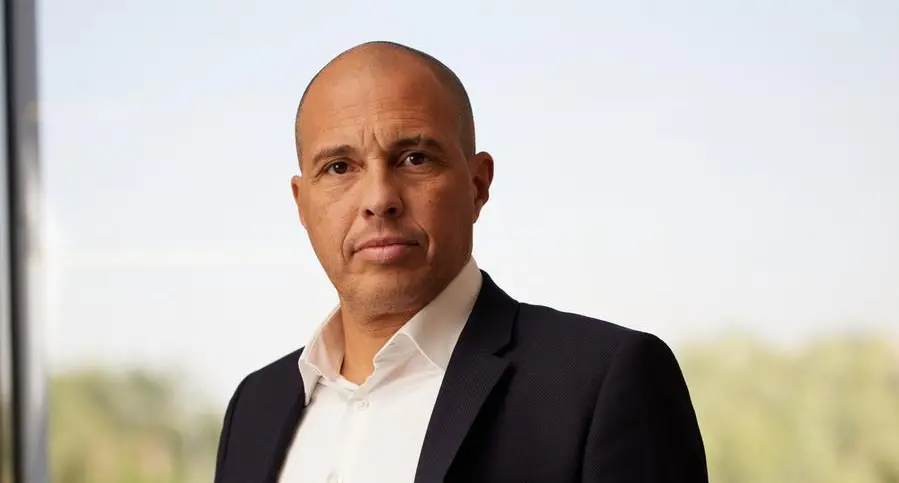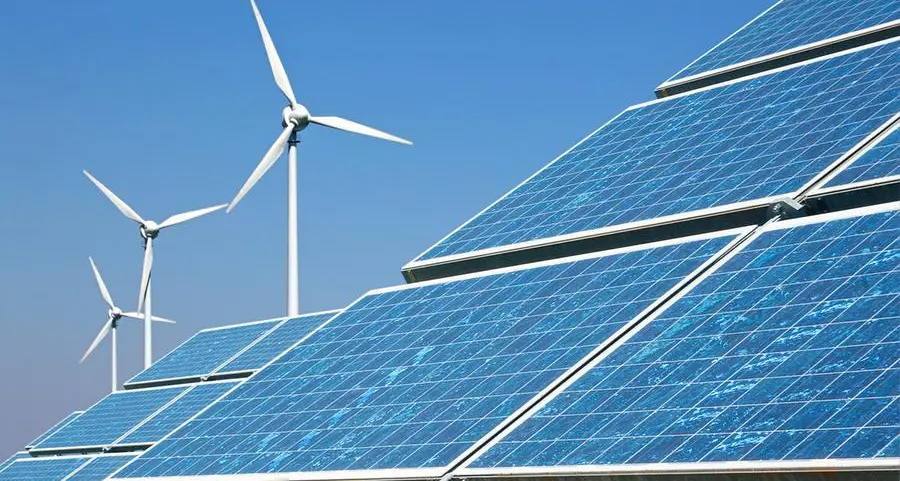PHOTO
Once the preserve of very large institutions, private infrastructure investment is increasingly being used by small investors as a hedge against volatility. In 2004, the allocation of capital to private infrastructure investment in portfolios was 1.4%, but it had reached 10.1% by 2024, according to London-based infrastructure fund manager Ancala.
Estimates of the size of the opportunity for private infrastructure investment in the region vary, but some are in the trillions, said Sami Neffati, Managing Partner, infrastructure, at Bahrain’s Investcorp.
The need and desire to attract global experiences and improve transparency is a real driver, led by plans to move away from hydrocarbon dependency through increased diversification, he said.
The infrastructure opportunity set has broadened from 25 years ago, when utilities dominated, and now includes education, healthcare, decarbonisation, energy transition and digitalisation.
Sovereign involvement includes Abu Dhabi’s ADQ acquiring a 49% stake in Australia’s Plenary Group in 2024, then establishing Plenary Middle East, on the back of $30 billion in regional greenfield infrastructure projects closing in 2024.
Stonepeak, a New York–headquartered global infrastructure investor, recently launched its Riyadh office following the opening of its Abu Dhabi office in 2024.
Union Bancaire Privee’s Bilel Belaid, Senior Private Markets advisor, MEA, said: “Investors are becoming more and more sophisticated, and they understand the value of having an allocation to infrastructure in their portfolio, because it really acts as a volatility reducer while still generating attractive returns.”
The steady nature of the performance of the asset class is a benefit, he added.
Previously, investors in the region shied away from infrastructure due to the perception of low returns. However, as family offices and individuals have become more institutionalized, there has been a growth in allocation to the sector. Additionally, private banks are encouraging family offices and individuals to invest in this asset class.
What are the returns?
Investcorp’s Neffati said returns in the region vary: Investments on brownfield sites, an established asset without structural risk, offer 9%, but for greenfield projects requiring construction, design and financing, returns of 11–12% are expected. A prominent example of private capital in Gulf state infrastructure financing are Saudi gigaproject infrastructure assets.
States such as Kuwait have come around late to the concept of PPP, Neffati said, but Investcorp is focusing more on the countries that are “leaping forward”: Saudi and the UAE.
Investcorp was part of a $2.4 billion investment with UAE state oil company ADNOC in a sustainability-driven water system to serve onshore oil operations.
“It has made inroads within the ADNOC ecosystem; we are under the tent, we are looking at other things,” Neffati said.
While infrastructure investors have been watching the market volatility in the second quarter of 2025 amid the uncertainty caused by US trade tariffs, the time horizons of projects are focused on 20 to 30 years rather than short-term market volatility, he added.
UBP’s Belaid said yields tend to be higher in the GCC than in the US and Europe, and at slightly higher risk. European or US infrastructure yields tend to be around 6–7%, while in the GCC, 9–13% is an achievable range. As the currency is pegged to the dollar, an important element of the risk of investing in a developing country is removed.
The GCC is emerging as a safe haven globally. “You have a very clear governance structure in the region, you have a very stable economy, and a very stable currency vis-à-vis the dollar given that it’s pegged. It makes for a very suitable investment case for flows coming from the US to here.”
Growing recognition of middle market opportunity
Ankur Ajmera, Partner at Ancala, noted that when engaging with GCC-based investors, the firm is observing an increased emphasis on infrastructure. This focus extends beyond large-cap investments and includes a growing recognition of opportunities within the middle market.
“There are more opportunities for value creation and still the same downside protection. Some of the sovereign wealth funds are strategically very interested in looking at the middle market and understanding strategies to enter into that market,” he said.
The company’s investments include Scandinavian and German rail freight business Hector Rail.
(Reporting by Imogen Lillywhite; editing by Seban Scaria)
